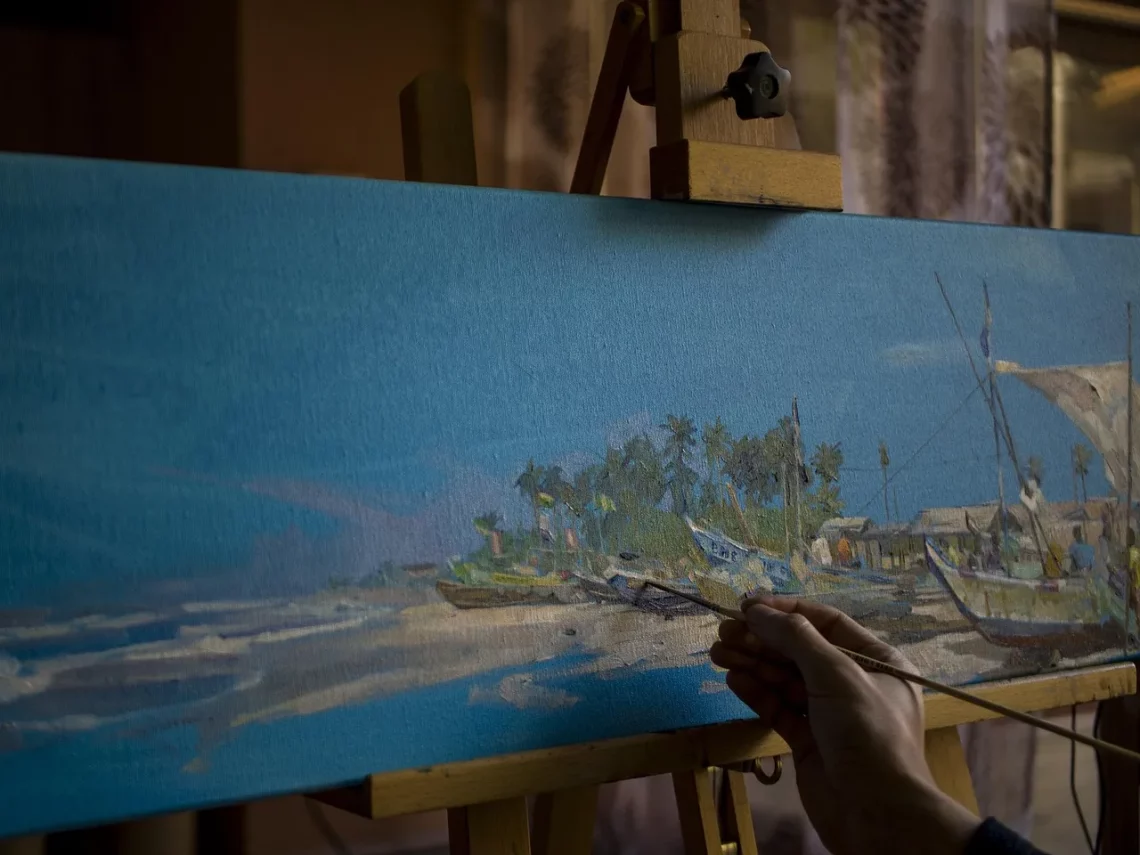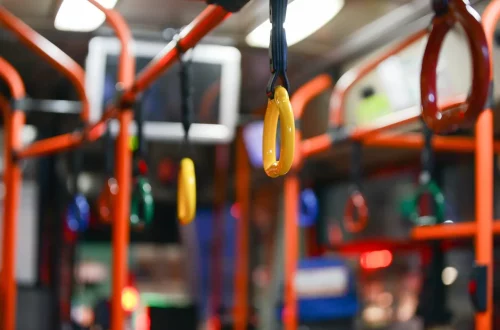
Exploring the Artistry of Leo Woodall in Unclothed Representation
The human form has been a subject of fascination for artists across centuries, serving as a canvas for exploring the complexities of identity, emotion, and existence. In contemporary art, the representation of the body—particularly in its unclothed state—has evolved into a powerful means of expression that transcends mere aesthetics. This approach allows for a more profound exploration of vulnerability, intimacy, and authenticity.
Leo Woodall stands out in this realm, bringing a unique perspective to the unclothed representation of the human body. His work delves deep into the interplay of light and shadow, form and space, creating a dialogue that invites viewers to contemplate not only what they see but also what remains unsaid. By embracing naturalism while simultaneously pushing the boundaries of conventional representation, Woodall captures the essence of human experience in ways that resonate on multiple levels.
Moreover, the artistry of Woodall is not confined to traditional mediums. He embraces various techniques, merging painting, sculpture, and digital art to create multifaceted pieces that challenge viewers to engage with them on an intellectual and emotional plane. This innovative approach to unclothed representation reflects a broader cultural shift, wherein the naked body is no longer simply a subject but a site for exploring deeper themes of existence and connection.
Understanding the Context of Unclothed Art
The representation of the unclothed human body in art has a rich historical context. From the classical sculptures of ancient Greece to the provocative works of modern artists, the naked body has been a focal point for discussing beauty, morality, and the human condition. In many cultures, nudity is intertwined with concepts of purity, vulnerability, and truth, making it a potent symbol in artistic expression.
In recent years, there has been a notable shift in how nudity is perceived in art. While earlier works often idealized the human form, contemporary artists like Leo Woodall challenge these conventions by presenting the body in a raw and unfiltered manner. This shift reflects broader societal changes, where discussions around body positivity, identity, and self-acceptance have become increasingly prominent.
Woodall’s works often confront uncomfortable truths about the human experience. By stripping away the layers of clothing, he invites viewers to engage with the essence of the subject, prompting questions about societal norms and personal insecurities. This exploration of unclothed representation serves as a powerful commentary on how individuals perceive themselves and others in a world that often prioritizes external appearances.
Moreover, the use of unclothed figures in art can serve as a form of liberation. It challenges the viewer to confront their own biases and assumptions about the human body. Woodall’s approach encourages an appreciation for the diversity of forms and experiences that exist, moving beyond the traditional ideals of beauty to embrace a more inclusive understanding of what it means to be human.
The Technique and Style of Leo Woodall
Leo Woodall’s artistry is characterized by a distinctive blend of naturalism and abstraction. His technique often involves meticulous attention to detail, capturing the subtleties of light and shadow that define the human form. This focus on realism allows viewers to connect with the subjects on a visceral level, evoking empathy and understanding.
Woodall’s style is not limited to traditional methods; he often incorporates mixed media, utilizing materials that challenge the viewer’s perception of the artwork. This innovative approach adds depth and texture, creating a tactile experience that invites closer examination. The interplay of different mediums allows him to explore themes of fragility and strength, reflecting the dual nature of human existence.
In his unclothed representations, Woodall emphasizes not just the physicality of the body but also its emotional resonance. He captures moments of vulnerability, intimacy, and rawness, allowing viewers to see beyond the surface. This emotional engagement is a hallmark of his work, as he strives to create pieces that resonate on an intellectual and emotional level.
The color palette in Woodall’s pieces also plays a crucial role in conveying mood and atmosphere. He often employs muted tones, which serve to enhance the sense of intimacy while also highlighting the organic qualities of the human body. This thoughtful use of color, combined with his technical skill, allows him to create artworks that are both visually striking and deeply moving.
Ultimately, Woodall’s technique is a testament to his commitment to exploring the complexities of human existence. His ability to blend realism with abstract elements challenges viewers to reconsider their perceptions of the unclothed body and, by extension, the human experience.
The Significance of Vulnerability in Art
Vulnerability is a central theme in Leo Woodall’s work, particularly in his unclothed representations. By presenting the human body in its most unguarded form, he invites viewers to confront their own vulnerabilities and insecurities. This exploration of vulnerability is not merely aesthetic; it serves as a powerful commentary on the human condition.
In a world that often glorifies strength and perfection, Woodall’s art reminds us of the beauty that lies in imperfection. The unclothed body, stripped of societal constructs and expectations, becomes a symbol of authenticity. It encourages viewers to embrace their own vulnerabilities, fostering a sense of connection and shared experience.
Woodall’s work also resonates with contemporary conversations around mental health and body image. By challenging traditional notions of beauty, he creates a space for dialogue about self-acceptance and the importance of embracing one’s true self. This message is particularly relevant in today’s society, where individuals often grapple with unrealistic standards set by media and culture.
Furthermore, vulnerability in art can serve as a catalyst for healing. For many, engaging with artworks that depict the unclothed body can evoke feelings of empathy and understanding, allowing individuals to process their own experiences. Woodall’s pieces often resonate on a personal level, prompting viewers to reflect on their own journeys and the complexities of human existence.
In this way, Woodall’s unclothed representations become more than just artistic expressions; they transform into powerful vehicles for personal and societal reflection. By embracing vulnerability, he not only challenges the viewer’s perceptions but also fosters a greater understanding of the shared human experience.
Contemporary Relevance and Impact
Leo Woodall’s work is not only significant within the realm of contemporary art but also reflects broader societal shifts regarding the representation of the human body. As discussions around body positivity, gender identity, and self-expression continue to evolve, his art serves as a vital commentary on these issues.
In recent years, the art world has seen a move away from traditional representations of beauty, with more artists embracing diverse forms and experiences. Woodall’s unclothed representations contribute to this shift by challenging preconceived notions of beauty and encouraging inclusivity. His work resonates with a generation that values authenticity and seeks to dismantle harmful stereotypes surrounding the body.
Additionally, Woodall’s art invites critical discussions about the role of the artist in society. In an age where visual culture is pervasive, artists have the power to influence perceptions and attitudes. By choosing to represent the unclothed body in such a raw and honest manner, Woodall encourages viewers to engage with their own biases and assumptions, fostering a culture of acceptance and understanding.
Moreover, the impact of Woodall’s artistry extends beyond the gallery walls. His work has the potential to spark conversations in everyday life, encouraging individuals to reflect on their own experiences with vulnerability and identity. By creating art that resonates on multiple levels, he not only enriches the art community but also contributes to a larger cultural dialogue.
In conclusion, the artistry of Leo Woodall in unclothed representation offers a profound exploration of the human condition. Through his innovative techniques and emphasis on vulnerability, he challenges viewers to reconsider their perceptions of the body and engage with deeper themes of identity and connection. As society continues to navigate the complexities of self-expression and acceptance, Woodall’s work stands as a powerful reminder of the beauty found in authenticity and the shared experiences that unite us all.




